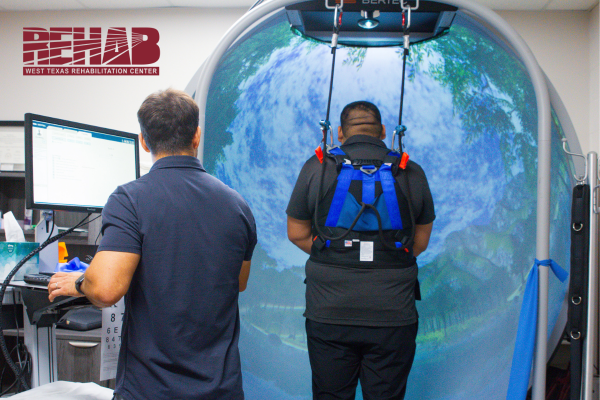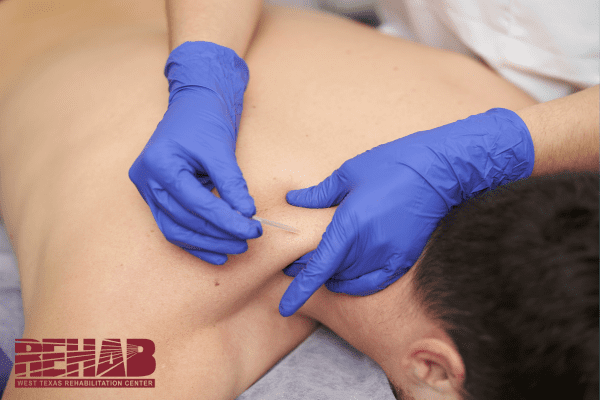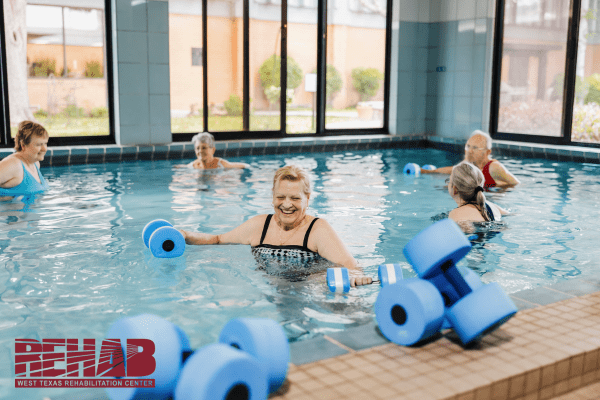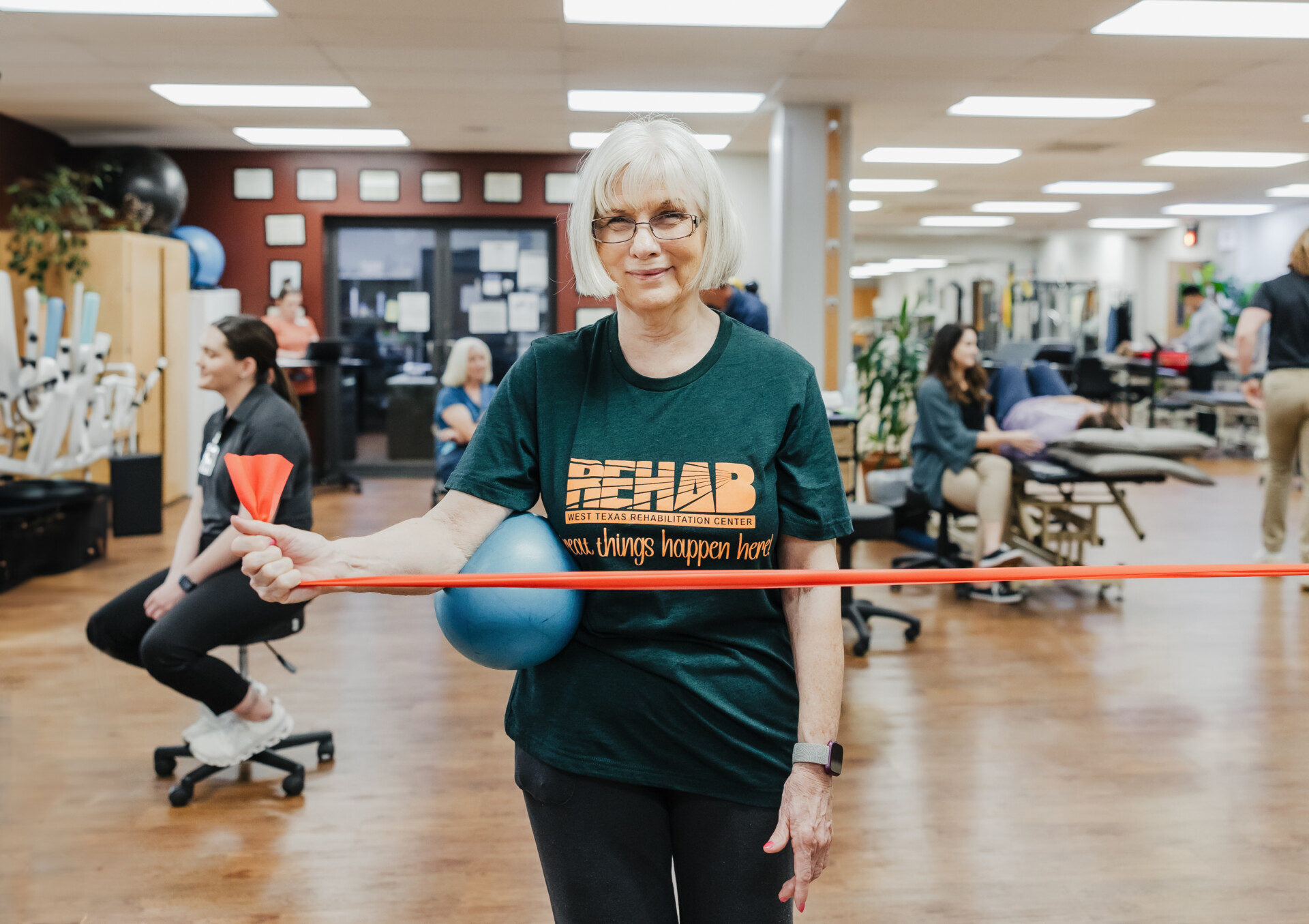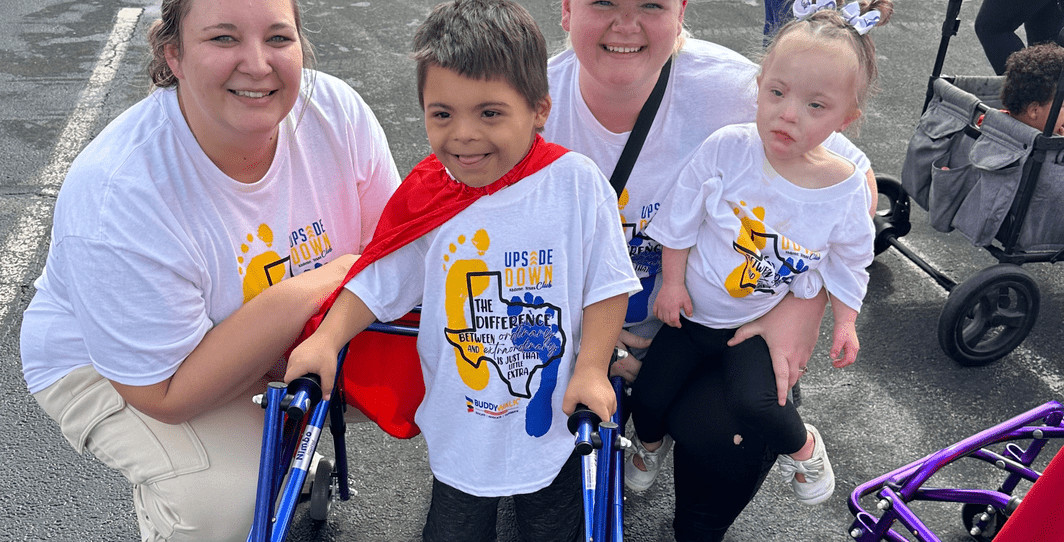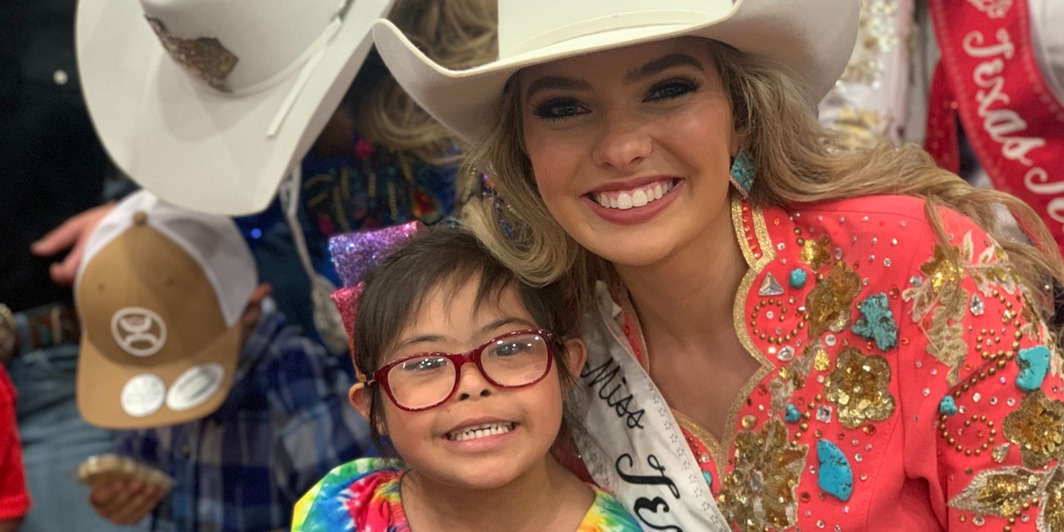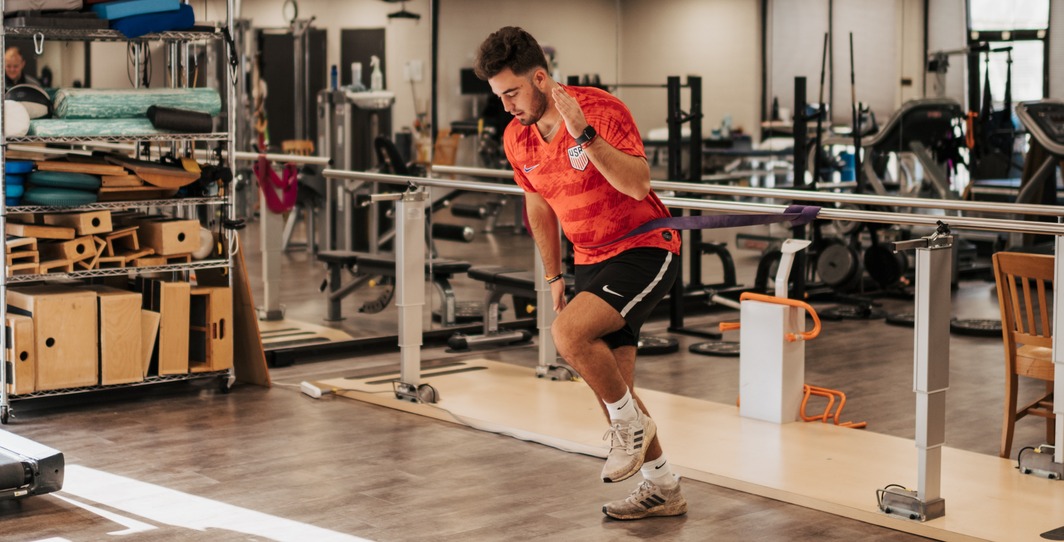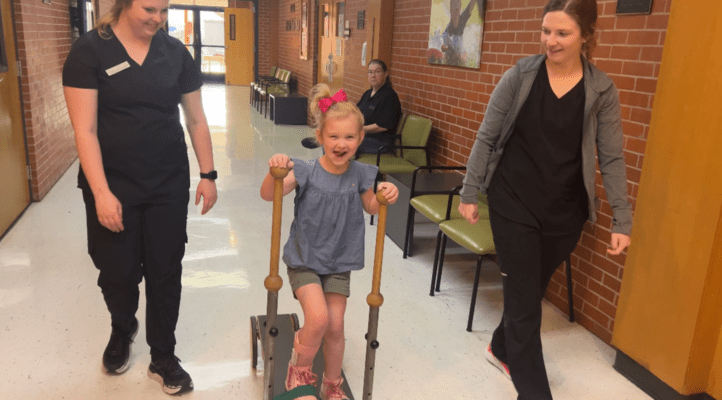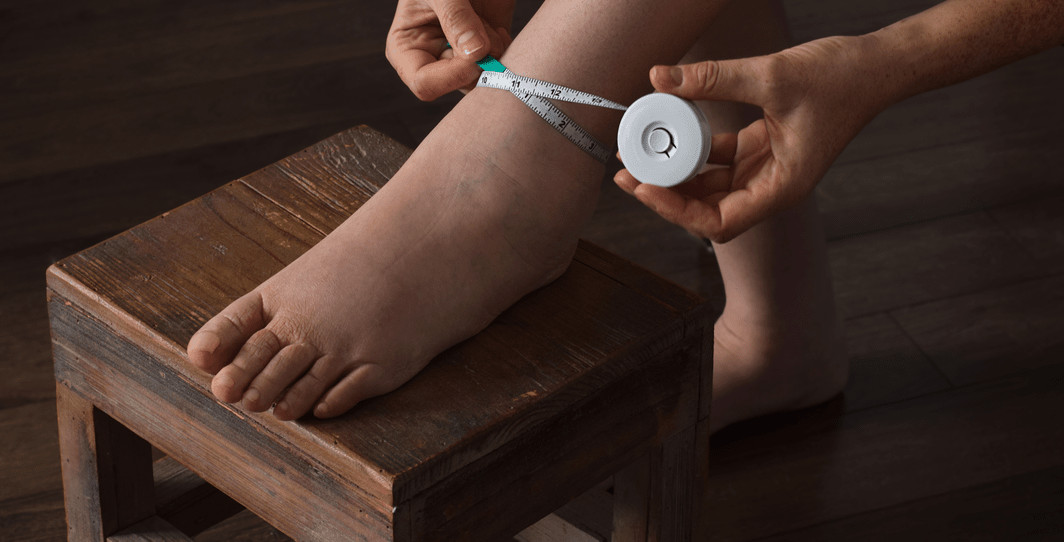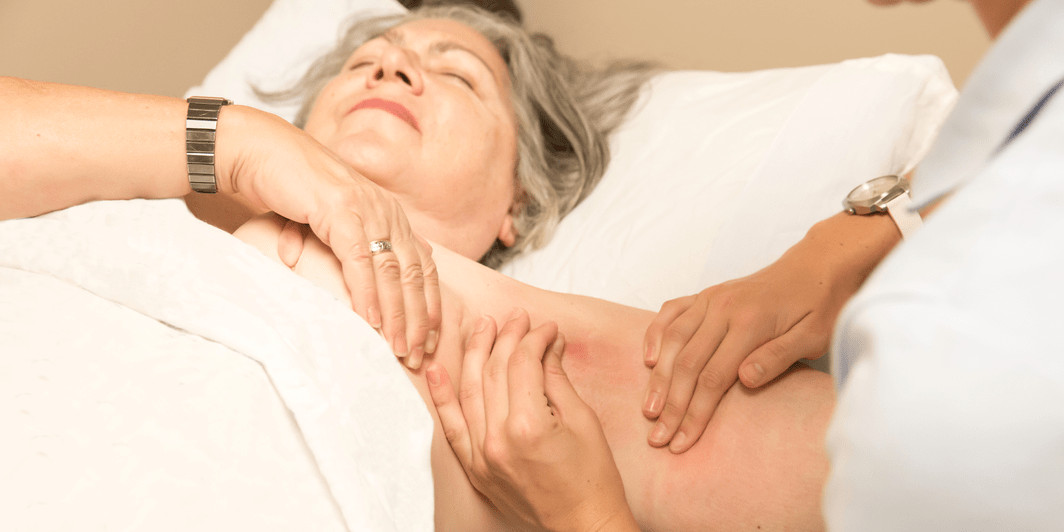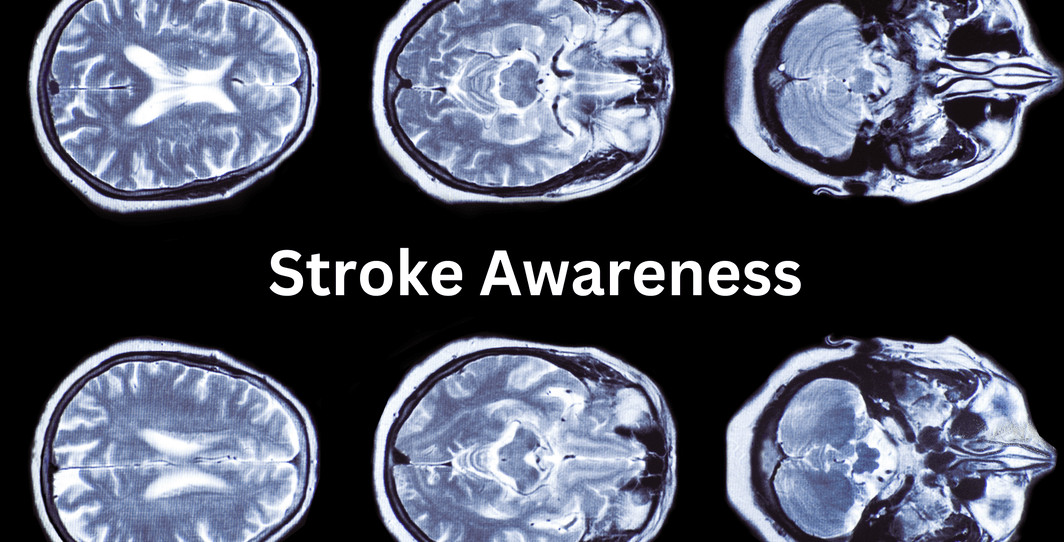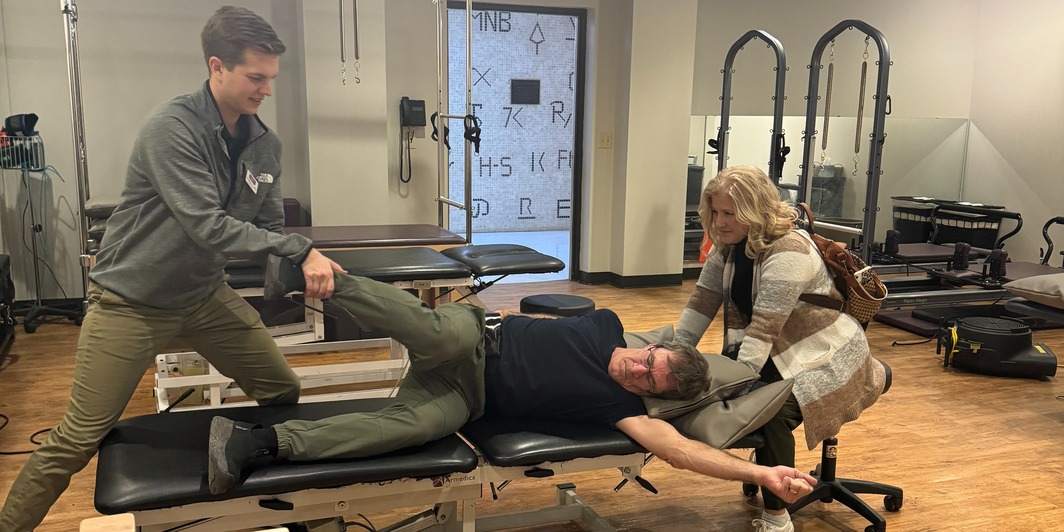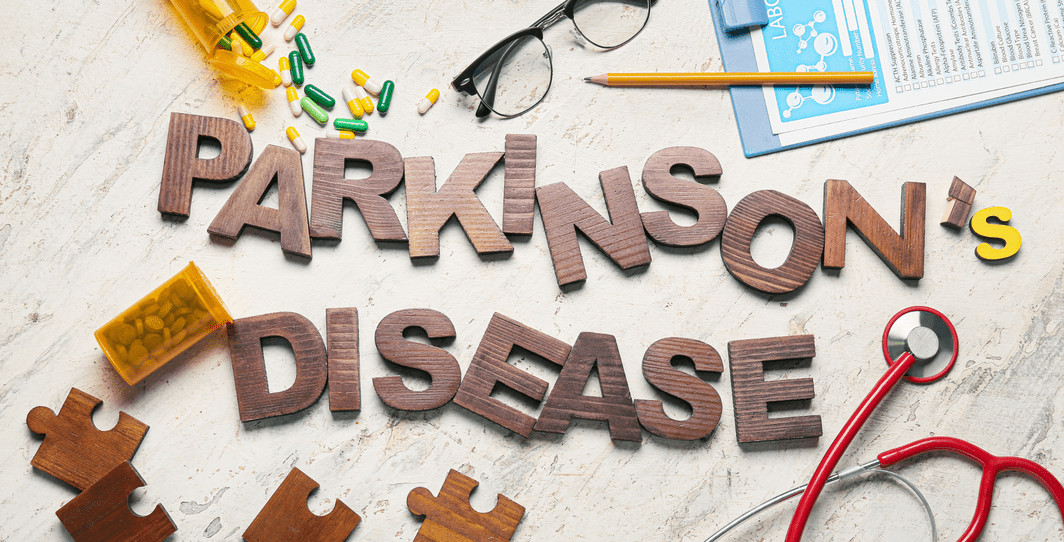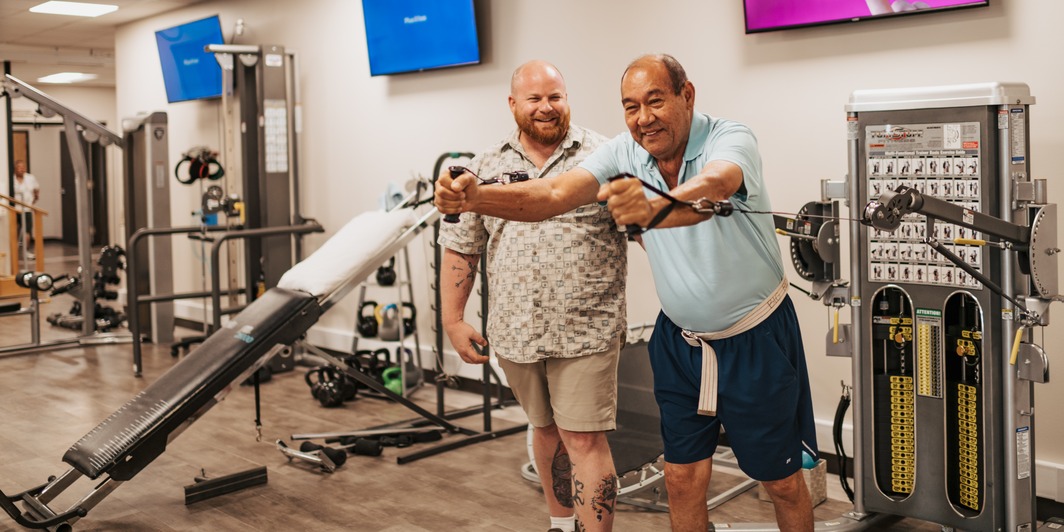March marks Brain Injury Awareness Month, a time dedicated to raising awareness about brain injuries, their impacts, and the crucial role recovery plays in improving the lives of those affected. Concussions, one of the most common types of brain injury, often have long-lasting effects, especially when it comes to balance and coordination.
In this blog, we’ll discuss the common balance concerns after a concussion and why understanding and addressing them is so important. Whether you’re recovering from a concussion yourself or supporting someone through the process, knowing what to expect and how to manage balance issues can help make recovery more manageable.
What is a Concussion and How Does it Affect Balance?
A concussion is a type of mild traumatic brain injury (TBI) typically caused by a blow to the head or body that shakes the brain inside the skull. Though often considered a “mild” injury, concussions can lead to significant disruptions in brain function and have a variety of physical, cognitive, and emotional effects.
One of the most challenging and common symptoms following a concussion is difficulty with balance. The brain’s ability to maintain physical stability involves a complex system that includes the inner ear (vestibular system), the visual system, and sensory inputs from muscles and joints. A concussion can disrupt this system, causing issues such as:
- Dizziness and Vertigo: These feelings can occur when the brain struggles to process signals from the inner ear and other balance-related systems.
- Impaired Coordination: Tasks requiring fine motor skills or maintaining physical equilibrium, such as walking or standing, may become more difficult.
- Sensitivity to Movement: Even slight head movements or changes in position can cause symptoms to worsen, leaving individuals feeling off-balance or disoriented.
Why Balance Concerns Matter
Balance issues after a concussion are not just an inconvenience – they can significantly impact an individual’s quality of life. Simple activities like walking, driving, or exercising become more dangerous when balance is compromised. These difficulties can also contribute to anxiety or a sense of vulnerability, leading to a cycle where individuals avoid physical activity, which, in turn, can delay recovery.
Furthermore, improper or inadequate treatment of balance concerns can lead to persistent symptoms, a condition known as post-concussion syndrome. It’s essential to recognize these symptoms early and seek appropriate care to avoid long-term difficulties.
How to Manage Balance Issues After a Concussion
While the effects of a concussion can be challenging, there are several strategies for managing balance issues during recovery:
- Rest and Recovery: The brain needs time to heal, so it’s vital to avoid activities that strain the brain and exacerbate symptoms, such as sports or strenuous physical activity. Rest is key to allowing the brain to recover and regain its normal function.
- Vestibular Rehabilitation Therapy (VRT): This specialized form of physical therapy helps individuals regain balance and coordination after a concussion. VRT includes exercises designed to retrain the brain and improve its ability to process signals from the balance systems. A trained therapist will tailor a program to meet individual needs, gradually increasing the intensity as symptoms improve.
- Gradual Return to Activity: Once balance issues begin to improve, a step-by-step approach to reintroducing physical activity is critical. Engaging in low-impact activities like walking or light stretching, and slowly progressing to more intense exercises, can help rebuild physical strength and confidence.
- Mindfulness and Relaxation Techniques: Balance disturbances can lead to feelings of anxiety, which may make symptoms worse. Practicing mindfulness, meditation, and relaxation exercises can help manage stress and reduce the emotional impact of recovery.
- Seek Support from Healthcare Professionals: If balance problems persist or worsen, it’s essential to consult with a healthcare provider. A concussion specialist, neurologist, or physical therapist can offer more personalized treatment options to address ongoing balance concerns.
Brain Injury Awareness Month: A Time for Advocacy
As we observe Brain Injury Awareness Month this March, it’s a perfect time to educate ourselves and others about the impact of concussions and other brain injuries on balance and overall health. Raising awareness about the importance of proper care and rehabilitation helps reduce stigma, encourages individuals to seek help when necessary, and ensures that recovery efforts are taken seriously.
For anyone recovering from a concussion, remember that balance issues are common and treatable. With the right guidance and support, it’s possible to regain balance, confidence, and a return to daily life.
Conclusion
Balance issues after a concussion are often one of the most challenging and misunderstood aspects of recovery. Whether you or someone you know is struggling with post-concussion balance problems, it’s important to recognize these symptoms and seek the necessary treatment and support. Brain Injury Awareness Month serves as a reminder that concussion recovery requires patience, care, and proper guidance from healthcare professionals. Through education and awareness, we can ensure that individuals living with brain injuries get the care they need to live fulfilling lives.
Remember, balance is key—both physically and mentally—in the recovery journey.
FMI about Vestibular Rehabilitation Therapy contact our Adult Therapy Department at 325-223-6304 in San Angelo or 325-793-3400 in Abilene.

